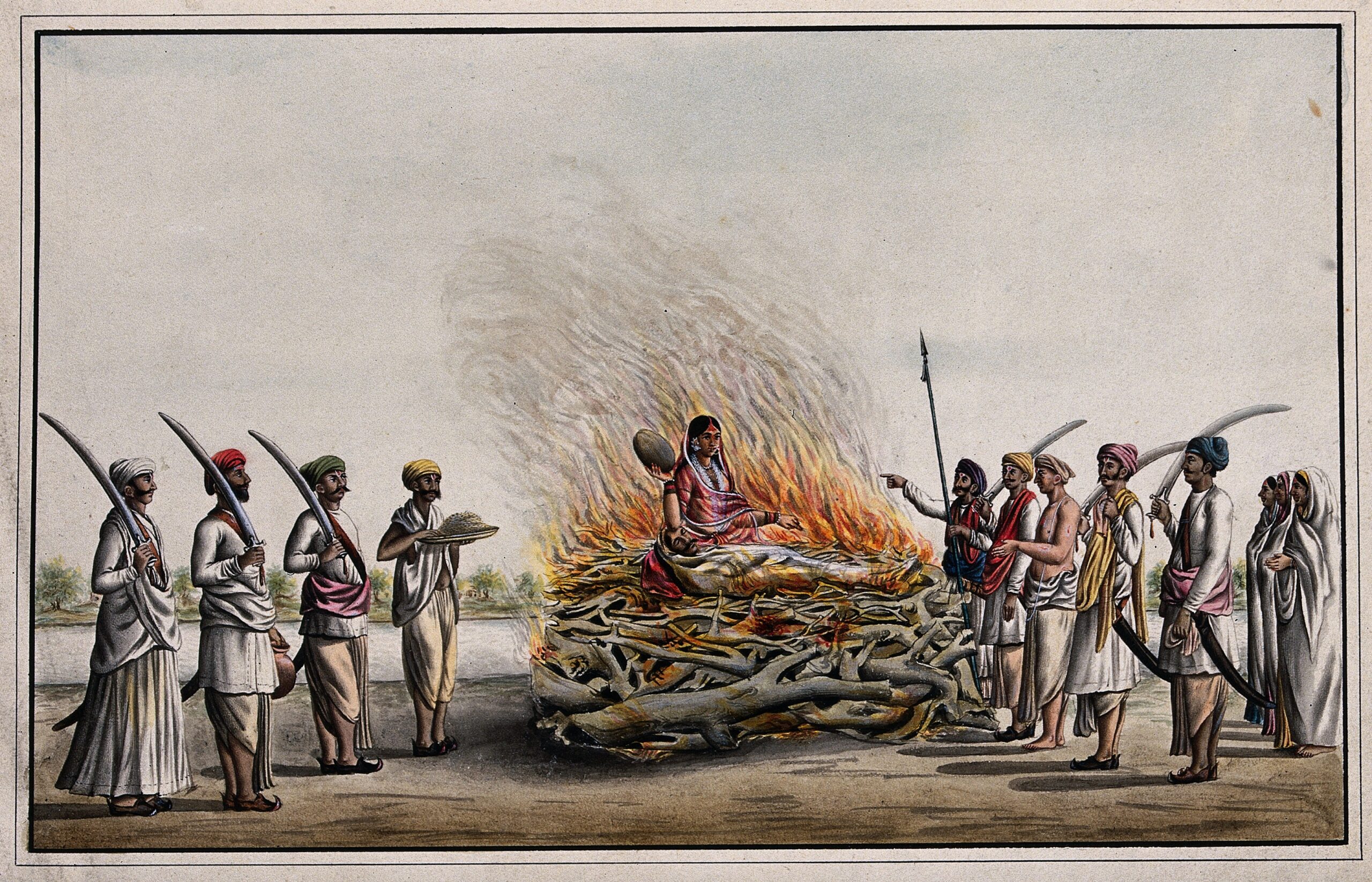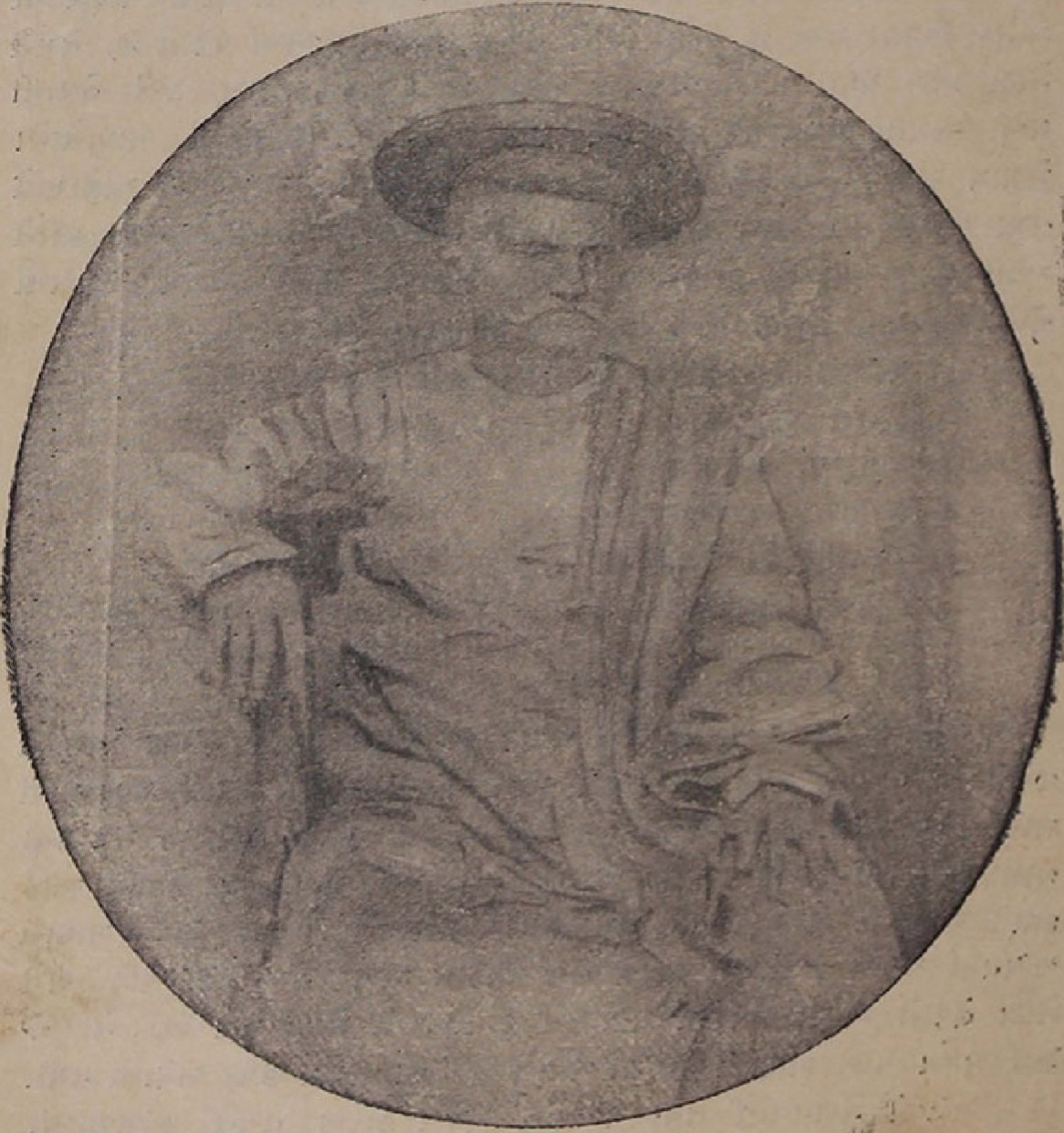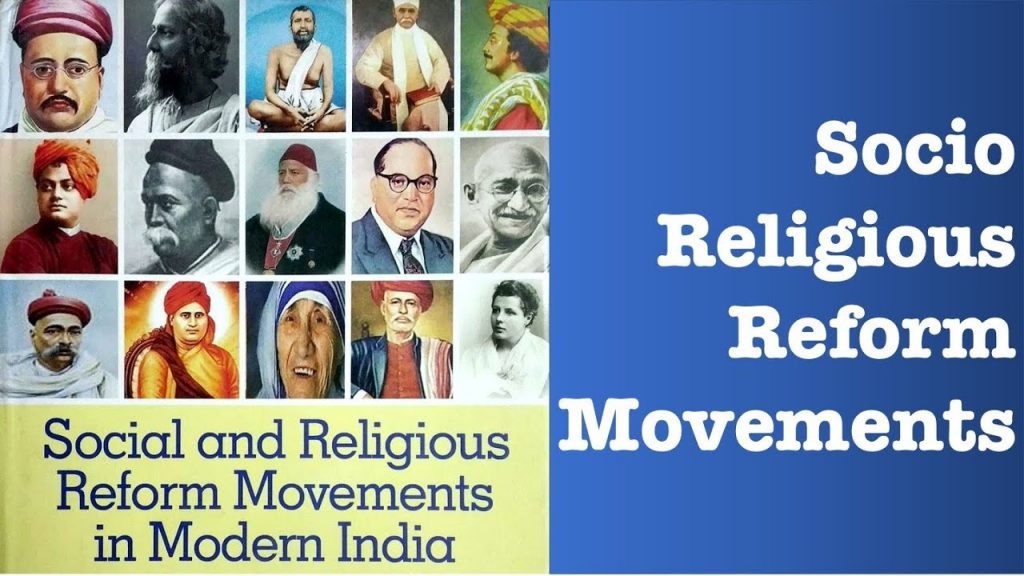Dharma Sabha as part of its movement to reclaim ancient values did not support widow remarriage laws and banning of Sati Pratha. On the other hand, the social reform movement led by Ram Mohan Roy was committed to the abolition of the caste system induced untouchability, purdah system, child marriage, and illiteracy in India. On the other hand, Manav Dharma Sabha rejected the traditional adherence to exorcism, early marriage, barring of high caste Hindu widow remarriage. Manav Dharma Sabha, like other reform movements, took a strong position on the need to reform Hindu religious practices. Unlike Brahmo Samaj, it opposed the conversion of Indians to Christianity.
The 19 century was a turning point in the history of India. It was a period of several socio-religious reform movements. The socio-religious and reforms movements enriched India’s quest for a new awakening. Throughout the 19th century, several European and Indian scholars took interest in the study of ancient texts. There were studies on ancient religious philosophies. It was also followed by a significant interest in science and enlightenment values. There was a basic contest between the reformers with a modern outlook and reformers with reclaiming ancient values. When the former openly rejected bigotry, superstition, and the hold of the priestly class, the latter did not appreciate the extensive intrusion of foreign values in Indian life.
Dharma Sabha
The consolidation of colonial administration and the introduction of Western education constantly reshaped India’s social consciousness. For much Western education was a moment of celebration as it was helping Indians to question dogmatism and orthodoxy. However, many considered it a threat to Indian spiritualism and cultural ethos. It was against these backdrops, various socio-religious movements were germinating in colonial 19th century India.
The socio-religious movements like Dharma Sabha and Manav Dharma Sabha can be discussed in this regard. Dharma Sabha was formed as a response to Brahmo Samaj and several other West-oriented reformist organizations. The conservative Hindu forces thought it significant to organize a new movement to reclaim the lost glories of the Indian past. Dharma Sabha was founded in 1830 in Calcutta by Raja Radhakant Deb.

The main objective of Dharma Sabha was to counter the pro-Western value-oriented propaganda of Brahmo Samaj. Another main concern of Dharma Sabha was to oppose Lord William Bentinck’s legislation to ban Sati in 1829. Dharma Sabha had a conservative orientation. It believed in preserving the status quo of Hindu socio-religious beliefs and practices. Dharma Sabha also had a political orientation as it critiqued the onslaught of colonial values. Dharma Sabha heralded the significance and pride of Indic culture.
They defied Western values as an alien and colonial intrusion that was to hamper the socio-cultural fabric of Indian people. Cultural critique postulated by Dharma Sabha became the foundation of India’s Hindu nationalism. Dharma Sabha’s main concern was to counter Western cultural invasion. It had appreciated Western education to some extent as the growing provision for girls’ education as a necessary and positive move.
The Dharma Sabha did not have a clear agenda to ensure social reformation. They did not agree with a reformist protagonist like Ram Mohan Roy who questioned Hindu social and religious practices. Sabha’s status quoist agenda became clear when it opposed the British legislation that banned Sati system. They saw the banning of Sati pratha as an unwanted interference of foreigners in the cultural and religious affairs of the Indians. Therefore, Dharma Sabha demanded repealing the British law.

The Sabha was so adamant that it petitioned in the British Privy Council against the initiatives of Lord William Bentinck that resulted in the legislation against Sati Pratha. The Dharma Sabha considered the British law as violative of its promise to non-interfere in the affairs of the Hindus. The Privy Council did not entertain the demands of the Sabha. Consequently, the Bengal Sati Regulation passed on December 4, 1829, was upheld. The activities of Sabha continued in the field of protecting and preserving Hindu culture and traditions.
To circulate its ideas, it published a newspaper called Samachar Chandrika in 1822. The newspaper was founded by Bhabani Charan Bandyopdhyay. The newspaper voiced for preserving Hindu cultural values. The newspaper took a leading role in opposing Western values and colonial laws that disrupted the Indian way of life.
Dharma Sabha’s insistence on Hindu conservative practices was even more clear in the case of widow remarriage. The Sabha again protested the Hindu Widow Remarriage Act, 1856. As a part of its campaign, it garnered signatures from the Hindu public to protest the law allowing Hindu widow remarriage. The campaign succeeded in garnering more signatures than the campaign launched by Iswarchandra Vidyasagar. This time again, Lord Dalhousie stood for the enactment of a law to allow Hindu widow remarriage.
The Hindu Widow Remarriage Act, of 1856 was later promulgated under the initiative of Lord Canning. The main idea of Dharma Sabha was to defend the Hindu way of life and culture. It provided a framework for the Hindu perspective of national consciousness in India. Guided by Hindu cultural values, Dharma Sabha did not consider it crucial to oppose the caste system, child marriage, widow remarriage, and Western education system.
The establishment of Dharma Sabha encouraged the formation of several other Hindu conservative associations. Some of the conservative platforms were Sanatana Dharma Sabha (1895), Dharma Maha Parishad, and Dharma Mahamandali. The conservative movements spread all across India, particularly in South and East India. The conservative cultural and religious movements of the Hindus gained momentum towards the beginning of the 20th century. Most of the conservative Hindu forces came together and formed the Bharat Dharma Mahamandala in 1902 with Varanasi as headquarter. The main objective of the culmination was to encourage Hindu religious institutions, particularly in the field of traditional learning. Pandit Madam Mohan Malviya took a leading role in consolidating the Hindu right-wing movement.
The revivalist orientation of Hindu cultural organization produced a sense of majoritarian nationalism that effectively critiqued colonialism while increasingly diminishing a united conception of nationalism in India. The growing influence of the empire was not limited to divide and rule policy. It gradually transformed into an actual policy of dividing the colonized on religious grounds. The Indian Council Act, 1909, was one such legislation that for the first-time divided people as it provided a communal electorate system to the Muslims.
The Manav Dharma Sabha was another socio-religious reform movement of 19th century India. It was founded by Mehtaji Durgaram Manchharam in 1844. In its initial days, the movement was concentrated in Surat. Later, it spread to entire Gujarat. The Manav Dharma Sabha had a galaxy of cultural activists like Dadoba Panderung Tarkhad, Dinmani Shankar, and Damodar Das. The Manav Dharma Sabha movement coincided with various reform movements like Brahmo Samaj which was founded in 1828 in Bengal.
One of the main concerns of Manav Dharma Sabha was to reject the traditional adherence to exorcism, early marriage, barring of high caste Hindu widow remarriage, etc. Manav Dharma Sabha was comparatively a little more progressive in outlook and functioning. Manav Dharma Sabha, like other reform movements, took a strong position on the need to reform Hindu religious practices that they thought outdated. However, it opposed the conversion of Indians to Christianity. One of the main reasons for the formation of Manav Dharma Sabha was the incident of converting a Parsi student to Christianity.
They thought it pertinent to stop such a continuing process of proselytization of Indians. The Parsi and Hindus of Gujarat vehemently opposed the conversion. The convert student was later recanted and readmitted to the Parsi community. The movement gained prominence as it began to organize regular meetings on Sundays. The movement took serious note of the unfound practices of magicians and reciters of incantations. The Sabha was critical of the caste system and its associated unreasonable practices.
An interesting aspect of the Manav Dharma Sabha was the involvement of progressive Brahmins who felt the need for rethinking and reforming outdated Hindu religious and cultural practices. Manav Dharma Sabha was not only a socio-religious reform movement but also came as a critique of colonial expansion under the guise of Western education and Christian missionary activities. The founder of Manav Dharma Sabha, thus, began to lead the movement towards self-retrospection of Hindu and Gujarati socio-religious practices.

Durgaram was an educationist who emphasized the need for educating the youths. He also founded a book propagation society known as Pustak Prasarak Mandali. The members of Manav Dharma Sabha carried with them the ideals of the movement and founded their own organizations to further serve the purpose of purifying society.
CONCLUSION
Two years after its foundation, the Manav Dharma Sabha witnessed conflicts within. Only a few educated elites of Surat were mainly attracted to the concepts and ideology of the Manav Dharma Sabha. Like the Dharma Sabha, the Manav Dharma Sabha movement started as a reaction to Christian conversions. The ideas and methods of operation of the Sabha were not sufficient to encourage its supporters to strongly commit to the movement in the long run. The members of the Sabha also lacked the commitment to directly challenge the leadership and domination of established religions.
However, the ideas of the Manav Dharma Sabha were passed on to the later influential organizations like the Paramahansa Mandali in Maharashtra. The hardening stance of the Hindu revivalist organizations resulted in further alienation of minorities and smaller religious communities in India. The rise of Hindu revivalist forces signified India’s divided opinion on appropriating modern values, new legislations, and Western education.

